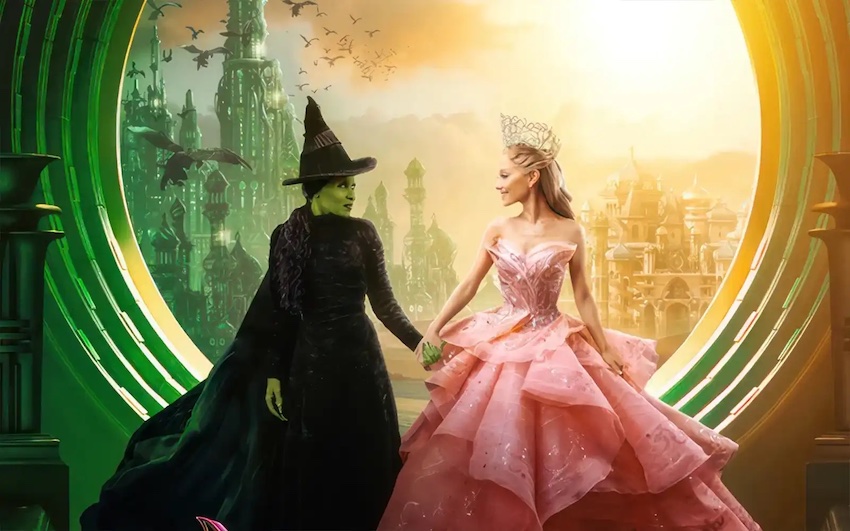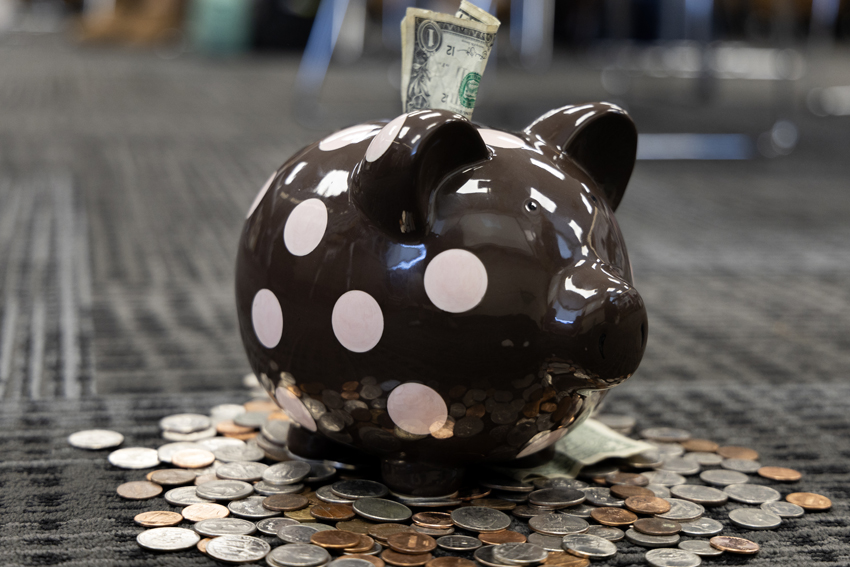“Riddikulus with Elise & Sydney” is a column about the Harry Potter series. A new column is posted every other Wednesday. Columns may contain spoilers.
No one in the wizarding world knows what they are, where they came from, or any real specifics, for that matter. One of the only things that people know for a fact about dementors is how they make their victims feel: like there can never again be any joy in the world.
Dementors are semi-sentient beings. They cannot be destroyed, and there is only one way to defend yourself against them. The effects of their presence are so miserable that they are used in place of guards and locks in the high-security wizarding prison, Azkaban.
After Harry and the other students have their first nasty encounter with dementors, Remus Lupin describes them thus:
“The foulest creatures that walk this earth. They infest the darkest, filthiest places, they glory in decay and despair, they drain peace, hope, and happiness out of the air around them …. Get too near a Dementor and every good feeling, every happy memory will be sucked out of you. If it can, the Dementor will feed on you long enough to reduce you to something like itself … soulless and evil. You will be left with nothing but the worst experiences of your life.”
Rather than consuming solid food, dementors feed off of other people’s happy emotions and memories. When a dementor “eats,” its victims are left with only their worst feelings and experiences. And, if the dementor feeds off of a host long enough to take every last trace of joy, it will then steal their soul — an action called the “dementor’s kiss.”
J. K. Rowling’s inspiration for these vile creatures came from her severe struggle with depression before her novels became a worldwide hit.
In an interview, Rowling describes depression as the “absence of being able to envisage that you will ever be cheerful again. The absence of hope. That very deadened feeling, which is so very different from feeling sad.”
It is this feeling that Rowling recreates in her characters through the dementors. In this sense, dementors can be described as floating embodiments of depression.
There are no known ways to kill a dementor, but there are a few ways for wizards and witches to defend themselves against them.
The most well-known method is the Patronus Charm. The charm conjures a Patronus, which acts as a magical manifestation of the spell-caster’s happiness. It acts as a shield from the dementor, which will feed off of the shield instead of the victim.
When summoned by an experienced witch or wizard, the Patronus will take on the form of an animal significant to the conjurer. For example, Harry’s Patronus takes the form of a stag. Whether this shape is significant to Harry due to his personality or because his father’s animagus was a stag, no one exactly knows.
Another defense against dementors is to become an animagus: a witch or wizard who possesses the ability to shape-shift into one animal, and only that animal. Because dementors lack the ability to sense the thoughts of animals, people are safe in their animagus forms. Sirius Black, whose animagus is a black dog, survives Azkaban because he remains in this form.
The last defense against dementors is to move to a tropical area. Dementors thrive in the cold, foggy weather. They rarely, if ever, live in different climates.
After Harry’s encounters with dementors, Lupin always makes him eat chocolate. Surprisingly, chocolate is the best antidote for recovering from a mild dose of “dementor-induced depression.”
Dementors share many similarities with depression: they plague the mind, they terrify their victims and they never die. However, both can be overcome with great struggle. That is the message that Rowling conveys through these cold beings, and that is why they stand out in the reader’s mind.
For the previous installment, read the Jan. 12 column, Riddikulus with Elise & Sydney: The Wizarding World.






